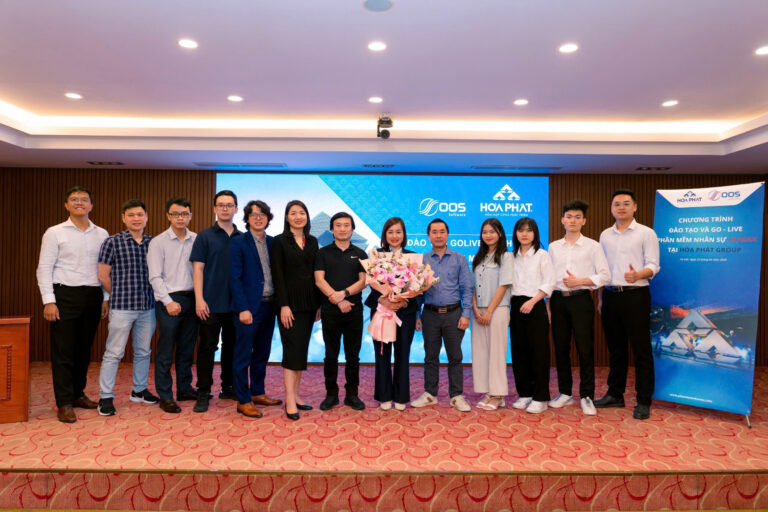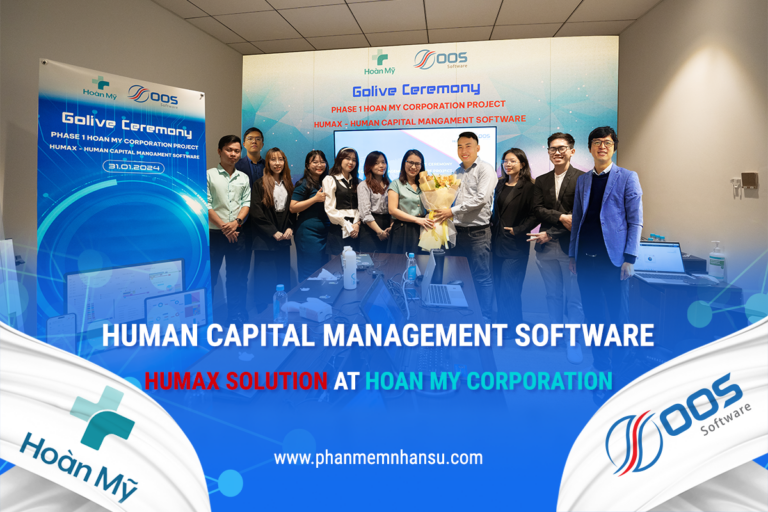Recruitment is a two-way interaction process between a job seeker on the one hand, and an interviewer on the other, which can also be seen as a representative of the company. Making a good impression on candidates through the recruitment process is also one of the necessary tasks when building a company image.
Almost everyone knows that candidates in the job search process always have to make every effort to leave a good impression in the eyes of the employer, in order to increase their competitive advantage over other competitors. However, an important thing that sometimes human resources people forget, recruitment is a two-way interactive process where both businesses and employees have to conquer each other to find a common voice. Therefore, when constantly setting strict requirements for candidates to "find the sand to find gold", HR professionals also do not forget to optimize their recruitment process to bring trust and goodwill. feel for the business in the hearts of potential candidates. If you want to prevail in today's fiercely competitive recruitment market, put your energy into solving complex problems, never lose any talent just because of the unprofessional process or the ability to interact. poor!
Here are 3 simple things that can help HR professionals create the best impression and experience for candidates about the company's recruitment process.
1. Think like a candidate
We've all been job seekers at some point in our lives. So, use your own practical knowledge to test and improve the candidate's perception better. You need to empathize with the "heartaches" that job seekers often encounter and find solutions to help them overcome those challenges and difficulties. You should take the time to focus on the company's application process. Was it simple and intuitive? Or still very cumbersome and outdated? If you find any problem that is not good, take the initiative to correct and improve it immediately.
2. Priority for communication information
The biggest obstacle for most candidates is lack of information. If you don't let the candidate know how the company's recruitment process usually works, including the steps, they will leave your company with no expectations or expectations. This also frustrates those who want to work for you.
Avoid leaving the candidate lost and confused about everything by ensuring that you are always interacting and exchanging information throughout the communication process. For example, we can apply an automatic confirmation letter system when a candidate submits an application. The body of the letter should clearly define how long the candidate will be able to receive information from the employer, what the next steps will be. If contacting each person is difficult to do, a simple solution is to send something like “The company will contact within 1 week for qualified and considered candidates for the current position. .” This will give the candidate more confidence, while at the same time ensuring them a better experience.
3. Ask and collect honest feedback
Use candidates as a trusted source of feedback, whether or not you hire them later. At the end of each interview process, employers can ask candidates to share their comments and feelings. Listen to, acknowledge, and use criticism as motivation to improve performance, and keep those assessments in mind as you continue to meet with other candidates.
Investing in job seekers to always have a positive experience when interacting with the company is an extremely important step in the art of attracting talent. Not only will the hired candidate find themselves welcomed by the company, but those who are not selected will feel that they are respected. And as a result, they will be more inclined to recommend or share the recruitment information with many other acquaintances who they think are more suitable for your organization.
























